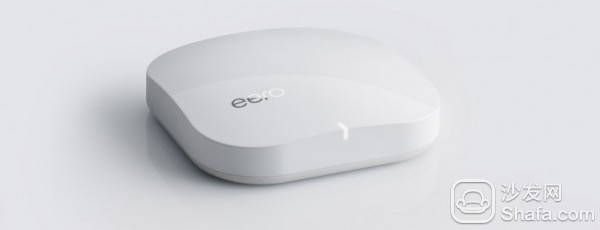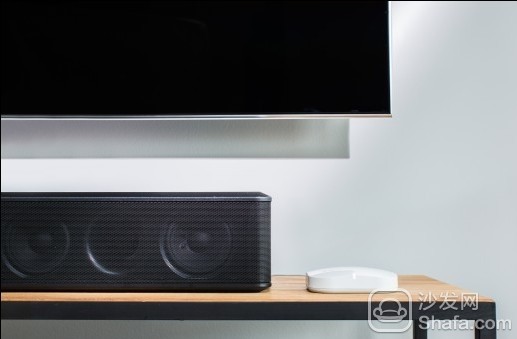
Instead of using a router, Eero encourages you to take full advantage of devices that are connected together via a mesh network and build a distributed network. One device sells for $129 and three for $299. The company says three can provide a good signal coverage for a home.

2.4GHz and 5GHz frequency
Bluetooth 4.0
1GHz processor
512MB memory
1GB of storage
While developing hardware, Weaver's team is also committed to creating new software:
Monitor your network with a cloud-based control panel that supports both Android and iOS apps for remote viewing
Make reminder settings in the application, whenever a new device joins the network, a reminder message will pop up
Share wireless signals directly with visitors through apps
With integrated Bluetooth capabilities, Eero can be easily connected to the growing number of connected devices in the family in the coming years.

"What kind of Wi-Fi system should we design to provide wireless connectivity for different sizes of houses?"
Why choose to install a decentralized Wi-Fi connection point in your house? Weaver simply sums it up: You never try to light the whole house with a light bulb. This principle also applies to wireless products.

He also worked for a long time to solve the problem of unreliable Wi-Fi.
“I am a trained engineer. I often set up wireless networks, but the software has not improved in the past 15 years. I studied at Stanford University, where I became a network administrator. Even if Stanford, who is at the forefront of network research, is still a thorny problem.
It seems that Eero seems to be able to solve this problem, but we still retain our opinions until we get the system.
Recommended installation sofa butler, download address: http://app.shafa.com/
